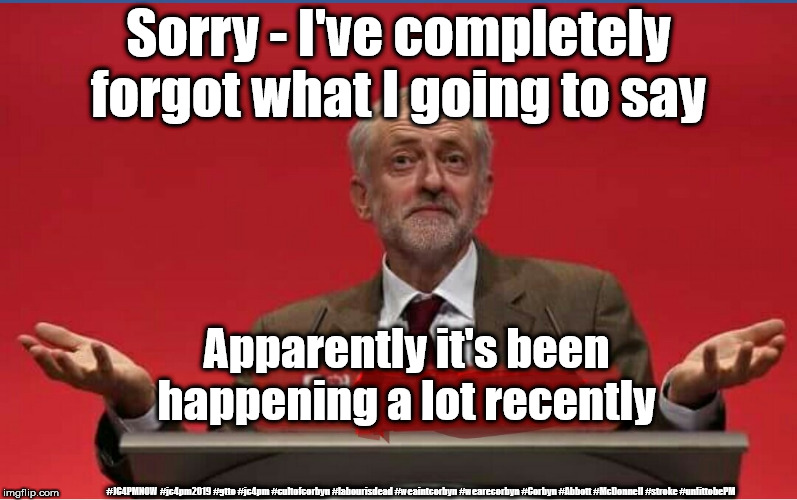

Seizures may cause convulsions, twitching, and changes in awareness, feelings and sensations.ĭepending on the severity and frequency of seizures, treatments may include medication, dietary changes (for example, a ketogenic diet), surgery or electrical stimulation. Seizures occur when there is abnormal electrical activity in the cells of the brain. Bladder training programs for incontinence are also a treatment approach for those who have UTIs or urination problems after stroke. UTIs are frequently treated with antibiotics.

Swallowing, respiratory therapy and deep breathing exercises call help decrease the risk of pneumonia in those recovering from a stroke. Pneumonia is treated primarily with antibiotics. A complication of many major illnesses, pneumonia may include symptoms like a productive cough (produces phlegm), fever, chills, and breathing difficulties. Pneumonia is a common infection affecting the air sacs in one or both lungs. Treatment options for brain edema may include medications, fluids given via IV oxygen therapy, surgery to relieve pressure, and ventriculostomy, which involves draining cerebral spinal fluid through a small hole in the skull. Brain edema is a life-threatening condition that requires immediate treatment. The swelling is caused by a build-up of fluid and pressure inside the skull that can affect the flow of oxygen and blood to the brain. The Most Common Complications of Stroke Brain Edemaīrain edema is the swelling of the brain after a stroke. Locked-in syndrome, when the entire body is paralyzed except for the eyes.Blood clots (deep vein thrombosis or pulmonary embolism)Ĭomplications of ischemic stroke may include:Ĭomplications of TIA – also referred to as “mini-strokes” – may include:Ĭomplications of brain stem stroke may include:.The following is a list of stroke types and their common complications: Hemorrhagic Stroke (Bleeding)Ĭomplications of hemorrhagic stroke may include: There are several different kinds of stroke and each has specific complications associated with it. Stroke Types and Their Impact on Complications This means that all complications must be treated and under control.

Your doctor must ensure that you are healthy and able to resume some self-care activities. Your doctor’s highest priorities after a stroke are to prevent complications and the occurrence of another stroke. For example, being unable to move freely can result in bedsores. Others are because of a change in your abilities. Some things happen as a direct result of injury to the brain due to stroke. These complications may be minor or major, and the complications may be temporary or permanent depending on the size of the stroke and what part of the brain was affected. You are likely to experience some physical and neurological complications after a stroke.


 0 kommentar(er)
0 kommentar(er)
